New Landmark in Helsinki Showcases Next-Gen Finnish Wood Architecture
Promoting wood construction is one of the key measures in achieving Finland’s ambitious goals of achieving carbon neutrality. Katajanokan Laituri by Anttinen Oiva Architects is the latest example of Finland’s impressive achievements in the field of new-generation, large-scale wood architecture. The building houses both the head office of Finnish forestry company Stora Enso and the Solo Sokos Pier 4 Hotel with restaurant and office facilities in Helsinki´s historical Market Square milieu. Soon, this will be an area for design, art and maritime leisure that will also include the new Architecture and Design Museum.
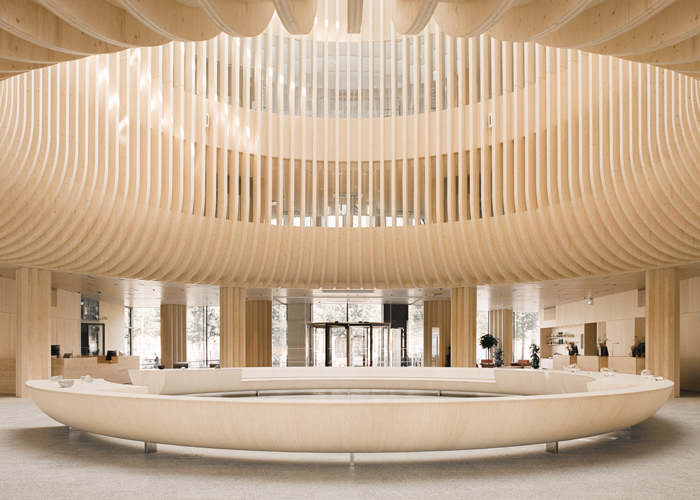
All images: Architecture by Anttinen Oiva. Photography: Kalle Kouhia
New landmark in Finland’s historical centre
Helsinki’s iconic Market Square and its surrounding buildings form one of the most important historical milieus in Finland. The area is going through a transformation, as the old port functions are partly moving away and the shoreline gradually opens to pedestrians. With the visitor pavilion for the Helsinki Biennial and later the New Architecture and Design Museum next to it, the Kauppatori and Katajanokka area will be the city’s new maritime hotspot for leisure, art and design.
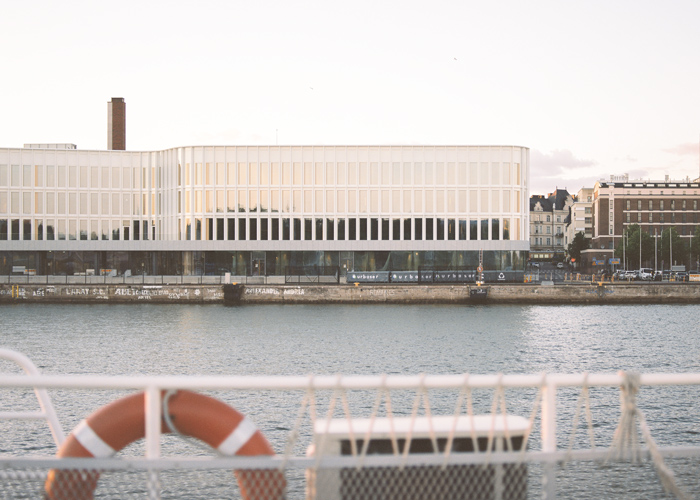
The latest addition to the area is its new landmark building: Katajanokan Laituri. The eye-catching wooden building houses the head office of Finnish forestry company Stora Enso, as well a hotel with 164 rooms, including café and restaurant facilities open to the public and office facilities suitable for a wide range of businesses.
Designed by the award-winning Anttinen Oiva Architects, the entire building is constructed out of mass timber elements. Right from the start of the international invitational architecture competition phase in 2020, the owner, insurance company Varma and the anchor tenant, Stora Enso, highlighted their progressive environmental values and climate goals with the aim of a long lifespan, a flexible and adaptable building, and making the best use of renewable resources and materials.
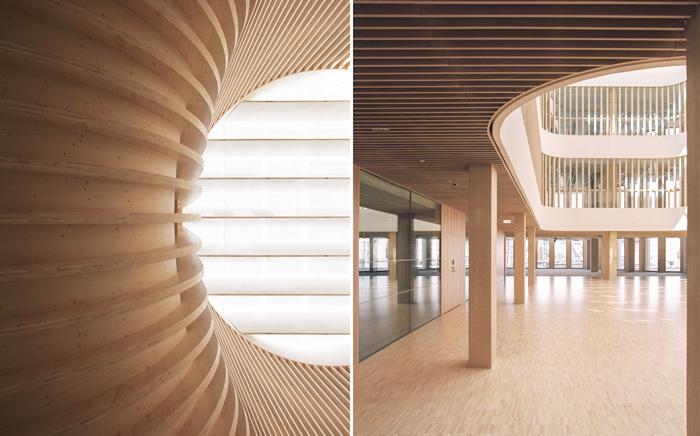
Selina Anttinen, architect and partner at Anttinen Oiva Architects says:
“The goal has been to create a calm presence in the historical milieu, but at the same time, to have an interesting new environment for locals and visitors. With the old head office of Stora Enso designed by Alvar Aalto next to it and the iconic buildings of Helsinki´s historical centre designed by Carl Ludvig Engel nearby, this new building is now part of Helsinki´s maritime skyline.”
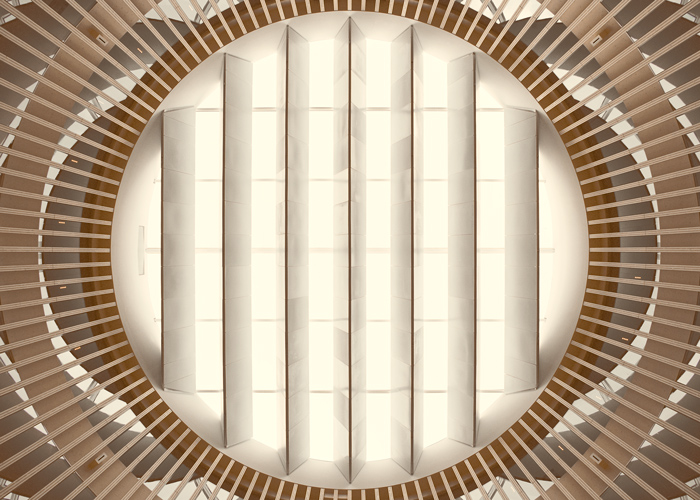
An example of new-generation Finnish wood construction
Finland has been actively promoting wood construction since the 1990s, and today wood construction is one of the key measures in Finland’s ambitious goals of achieving carbon neutrality.
Katajanokan Laituri is the latest example of new-generation Finnish wood construction. The four-storey building is made from Finnish and Swedish timber and uses pioneering architectural and manufacturing methods combined with traditional and sustainable materials.
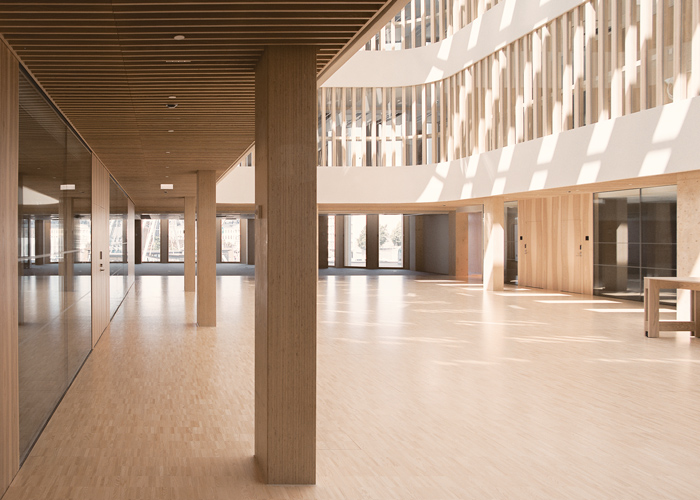
Impressive wood structures and Nordic features were the key starting points for the project. The visible structures comprise cross laminated timber (CLT) and laminated veneer lumber (LVL), from which almost 2500 wooden elements were made. In all, the building consists of approximately 7600 cubic metres of wood. For the façade, a special two-layer solution was developed: the outer layer is made of glass, metal and natural stone, while behind it, wood is the dominant material.
“A double skin was the best solution given the architecturally and technically challenging maritime context,” Anttinen explains. “The outer protective layer integrates with its stone-built surroundings and is made of glass with vertical white metal lamellas and natural stone. The building’s appearance transforms in different times of the day and lighting conditions and fits the various scales and motifs of the surrounding buildings from the different historical eras.”
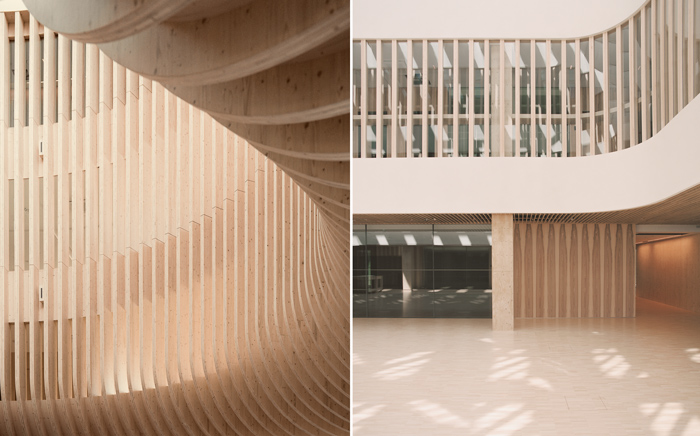
Inside the building too, wood is the key material with a strong sense of Nordic nature. At the centre of the building, an eye-catching hall with a round skylight embodies the wood architecture with a circular, wooden bench. In the narrow inner courtyard, visitors are greeted by a fresh birch grove.
“We have a long tradition of wooden construction building In Finland, but larger-scale examples in urban environments are still few,” Anttinen says. “In Katajanokan Laituri, we had a possibility to work in a demanding context with clients, partners and builders that understood, supported and pushed forward not only our design vision, but also our common goals to research and test the new type of large-scale wooden constructions.”
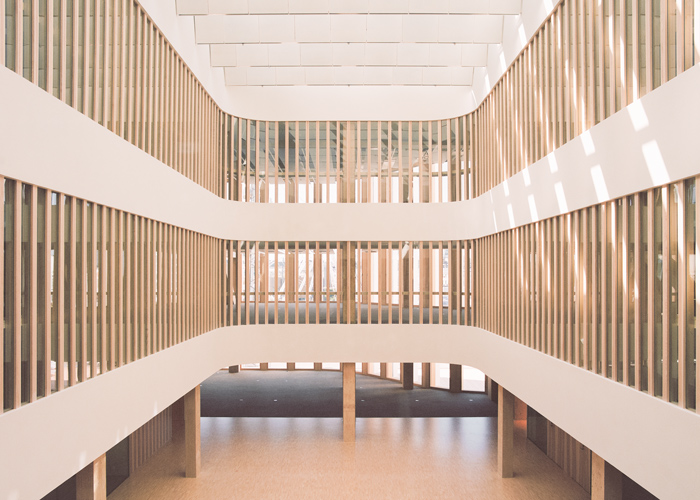
Katajanokka Pier is built with the next 100 years in mind. Due to its location by the sea, the building also functions as a flood barrier.
Anttinen Oiva Architects
Anttinen Oiva architects is an award-winning Helsinki-based architecture office founded in 2008 by Selina Anttinen and Vesa Oiva. Cultural historically significant places, national landscapes, old industrial areas, new city neighbourhoods, infilling projects, and natural environments – the office works with challenging sites and new types of constructions exploring a variety of relationships between nature and the built environment. Currently, the firm employs 30+ architects and interior architects, primarily focusing on infill and renovation projects. Anttinen Oiva Architects has won over 30 architectural competitions and received several recognitions, including the State Prize for Architecture in 2013.




